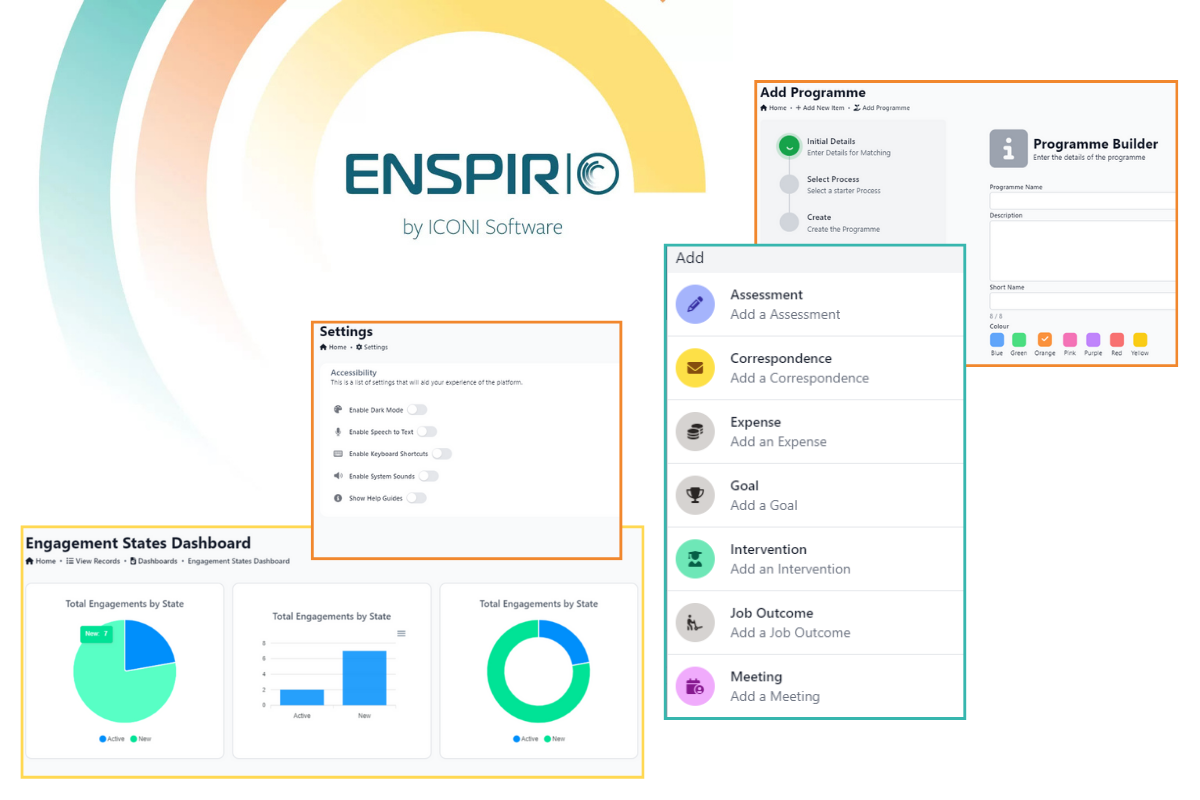4 Challenges of Training Remote Teams

2021 was a year of revelation for all of us across the globe. The global pandemic forced us behind our houses’ closed doors, driving many companies to go fully remote. With this, the trend of remote teams further accelerated.
Marketing pundits and gurus have lauded the concept of remote teams as the gold standard for digitally-focused companies. Following this trend, prominent companies like Twitter, Square, and Nationwide offered up to 80% remote work. Quora went ahead and adopted a remote-first model, converting its office in Mount View, California into a full-time coworking space.
Recently, Spotify also announced that it would let all employees work remotely, from anywhere they wish to in the world to help them do their best “thinking and creating”. All these indications point towards one thing, which is that remote teams are the future.
However, managing and training remote teams are no child’s play, and it comes with its own set of challenges. These challenges range from gaps in communication to tracking productivity and facilitating cohesiveness as a team.
In this article, we outline four key challenges in training remote teams and how you can implement the right methods and processes to overcome them. Without further ado, let’s get started.
- Keeping Teams On Track
It is difficult enough to keep abreast of an employee’s productivity remotely, and it is even tougher to have entirely distributed teams stay on track. Ensuring that an employee gives his lock, stock, and the barrel is the least a company demands. These woes are further compounded by factors like time differences, workspace orientations, and even connectivity issues. Tracking and ensuring optimal productivity in a remote team is a mammoth task.
According to this study from Zapier, while teams have heavily adopted teleconferencing tools since the onset of the pandemic, only one in five teams actively use tools to improve productivity tools.
The Solution
There is no denying that tracking one’s productivity in a remote team is an uphill task. Here’s some tips to stay on track.
- Develop Clear, Specific KPIs: Using specific KPIs which you can implement in your plan-to-action can give you an eagle’s eye view of your workforce. You can also experiment with providing employees autonomy in setting their KPIs, and then using them for weekly team meetings and reviews
- Regular Check-ins: The use of weekly work reports to track a team’s progress is usual in any regular corporation. However, this weekly reporting does not work well in remote teams. Instead, you might wish to opt-in for standard, shorter check-ins: once in the middle of the week, as well as once at the end of the week. The middle-week report serves as an early alarm for remote managers to review an individual’s performance. In case it isn’t up to standard, take the necessary steps to boost productivity or provide the essential resources they require.
- Adopt Productivity Software: Consider utilizing tools to track teams’ performance and have an in-depth look at your team’s performance. Software like HowamIgoing allows you to collect real-time feedback from teams, providing signals on team productivity.
- Fostering A Healthy Work Culture
One of the best things about physically working in the same office is that it can be a launchpad to building a vivid work culture, promoting a team’s communication, empathy, and efficiency. But in remote teams, facilitating and prevailing a work culture within a group is very difficult.
In remote teams, we are accustomed to working in our homes and lack the space to socialize with our colleagues. Video-conferencing can never replace real-life interactions as we cannot exchange and identify many forms of non-verbal and visual cues. This can escalate into a domino effect, thereby affecting your team’s efficiency and ability to work together.
The Solution
- A. Host Physical Meetups: Where and when possible, provide opportunities for team members to meet in-person, socialize, and build
- B. Increase Ease of Communication: Allow for more instances of remote touchpoints between team members. This can be done through a daily video conference check-in, or by delegating work so that more team members are entailed in the communication loop.
- C. Learning Takes a Backseat
When working in a team, your personal growth and the ability to acquire new skills directly replicate your team’s success. Personal and professional development is one of the prime reasons why people join and remain with a company.
However, working remotely in your houses lands you in your comfort zone. And often it creates a void where learning takes a back seat.
Working remotely also often creates the impression that one needs to be “on” 24/7. In the past, many people usually take scheduled days off to attend workshops or conferences, but this is less of the case in the new normal.
The Solution
Provide Opportunities for Growth: Provide opportunities and subsidies for your team members to continue to upskill and network. Actively encourage your employees to take certain days off to engage in e-conferences, webinars and learning sessions.
Communicate clearly that employees are able to take days off to simply learn, upskill and stay relevant, and that these days should be respected.
- Building Employee Trust
Employees work best when they feel that their jobs are secure, and this frees up their mental space to focus on the most critical tasks at hand. It is difficult for remote teams to build this sense of trust between team members and between employees and the employer.
The Solution
- A. Solicit Feedback Regularly: Building trust can be a tedious job for remote managers and team members. As a leader, you may also notice that your team members aren’t communicative, which can further lead to loopholes in delegation and execution. Companies must solicit employees’ views and feedback for remote teams to make sure that they feel heard.
- B. Onboarding Employees Properly: It is vital that companies do not overlook the onboarding process, and onboard new-joiners thoroughly. It can be tempting to overlook this, as many feel the urge to get employees to start working as soon as possible.
However, onboarding paradoxically helps new joiners get productive faster, as it helps embed them into new teams more quickly. The onboarding process should entail an introduction to the company’s culture, vision, and how the new joiner’s job will contribute to that vision. It may help to provide the new-joiner with a mentor, who can be their go-to-person for questions.











Responses